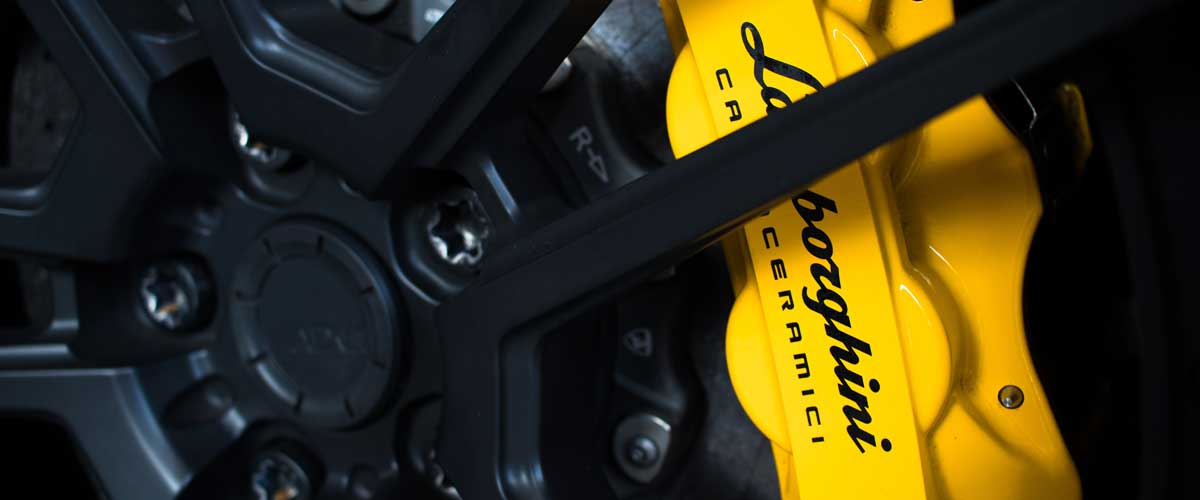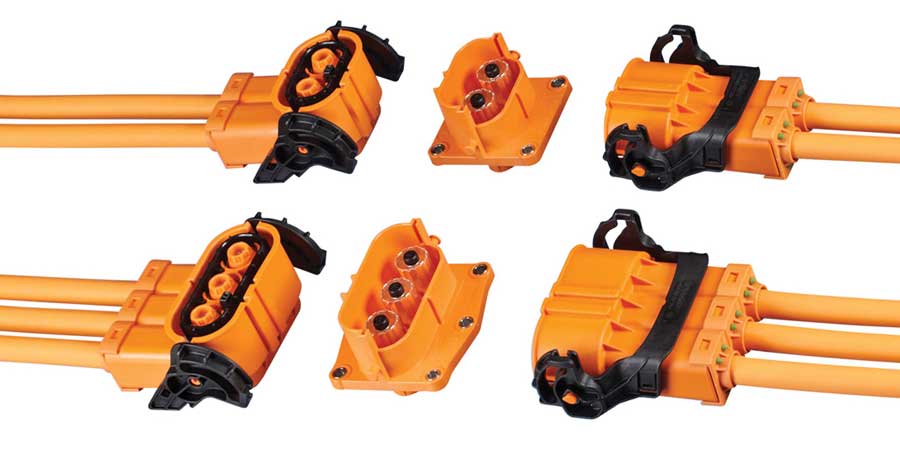This website uses cookies so that we can provide you with the best user experience possible. Cookie information is stored in your browser and performs functions such as recognising you when you return to our website and helping our team to understand which sections of the website you find most interesting and useful.
As the industry seeks to electrify, tier 1 automotive manufacturers beckon the future of mobility. Battery-powered electric vehicles are being manufactured with ever-increasing voltages. Some motor systems require as much as 1000 Volts. In this article we look at some of the different ways in which engineers are utilising higher voltages to introduce new features and systems in vehicles, and what this might mean for the future of specialist EVs.
Crucially, the move towards higher voltage mobility is met by increasingly sophisticated electrical components. The benefits of technologies like regenerative braking, active suspension systems, electric corner motors and switch-mode power supplies, are driving demand for greater power. With power, comes the need for higher capacity parts – necessary to facilitate innovations in high-performance electrical systems.
Regenerative braking

Regenerative braking is a good example of innovation in the high voltage mobility market. It works by converting kinetic energy which is otherwise lost as heat during the braking process. The energy is then stored chemically within battery cells, ready to power the motor.
For specialist vehicles, that are often much, much heavier than consumer cars; regenerative braking could pay serious dividends. By taking advantage of the kinetic energy produced by a moving coach or long-haul truck, for example, manufacturers can drastically improve a vehicle’s range.
New technologies help ensure regenerative braking systems work without detracting from the driving experience. This is crucial for many specialist vehicles, where regen cannot come at the cost of performance – such as in ambulances and police vehicles that rely on speed, range and agility.
Some manufacturers offer driver controls, which make it possible for drivers to adapt regen levels depending on how much they are prepared to detract from the driving experience. In Teslas’, however, this isn’t the case. A Tesla closed regen system is built to recuperate energy while safeguarding the performance of the vehicle – which could be an option for high performing specialist vehicles.
An additional power source would also mean the motor needn’t only be reliant on an internal combustion engine. By capitalising on the motion of the vehicle, this circular energy system acts as a sustainable solution by reducing CO2 emissions in petrol-powered vehicles, all while helping manufacturers extend pure-electric ranges.
Active suspension systems
Another way to increase a vehicle’s range in an electric or hybrid vehicle is to implement active suspension systems. Similar to regenerative braking, active suspension systems capture dissipated energy through converting mechanical vibration energy, otherwise lost as heat, into energy for the battery.
It was found that, in a small passenger vehicle, 200W worth of energy was lost in heat produced by suspension dampers when running on a poor road at 30mph. If we consider the potential energy losses in, for example, a military vehicle – which must be tough to rough terrain – then this solution can’t be ignored.
There are various electromagnetic technologies that enable vehicles to minimise energy losses in this way; including direct-drive, ball screw, rack-pinion, planetary gear and hydraulic transmission suspension.
While the technologies look promising there is some conflict between the regenerative potential of active suspension and the necessity for vibration control. There also tends to be a trade-off between efficiency and reliability, with more efficient systems tending to be more prone to damage.
Regardless, vibrational energy being lost as heat by a shock absorber is an obvious waste of resources. Regenerative suspension is a promising technology for high voltage automobiles, helping to improve fuel efficiency and improve range in a sustainable way.
This higher voltage technology is integrated as shock absorbers – which means an additional power generator, and therefore a higher voltage system. To achieve this extra voltage, regenerative shock absorbers are built in a modular fashion, with the inclusion of a power storage and generator module.
Importantly, these high voltage modules need to be tough to heat and vibrations. Transmission mechanisms, generators and capacitors are integrated as part of the shock absorber, which means sensitive electrical components need to be protected in a way that enhances durability, and wear resistance.
Electric Corner Motors
So-called electric corner motors, or ECMs, put the drive electrics in or near the wheel. They are used in variations for both pure electric vehicles and hybrid options.
One variation, as used by Mitsubishi’s i-MiEV, is constructed using an in-wheel motor rotor, an in-wheel motor stator, a rotor bracket, stator bracket and inverter directly behind the breaks.
An alternative system, often deployed on light commercial vehicles, is in-wheel motor technology, such as manufactured by Protean Drive. The innovation makes it possible to generate power directly in a vehicle’s wheel.
“The Protean Drive is a completely self-contained ‘smart actuator’ that includes a permanent magnet and synchronous electric motor, as well as the electronics needed to make it work.”
A key advantage of this type of technology is that it can save weight and space. Without the need for a battery pack, which are usually large and heavy; electric corner motors are by design, a lot lighter. For specialist vehicles, which are heavy, and have plenty of additional parts and components; the extra space and weight reductions made possible by electric corner motors could give a lot more freedom to specialist vehicle designers.
An obvious advantage to having the motor near the wheel is improved torque, meaning greater fuel efficiency. It also gives vehicles faster acceleration and can adapt to four-wheel drive without all the added components.
Switch Mode Power Supplies

As energy efficiency takes a central role in vehicle design, and integrated electronics become ever-more ubiquitous; SMPS systems, which convert DC to AC power, are increasingly commonplace.
A key reason for this is that SMPS systems use energy more efficiently. Traditional linear electrical systems tend to have an efficiency of 40 – 50 %, whereas a well designed SMPS system can have an efficiency of up to 95%.
SMPS systems are able to achieve this as the output is regulated using duty cycle control. As the transistors are switched fully on or fully off, there are very little resistive losses between input and the load.
For electric vehicles, looking to achieve maximum range; energy conservation is vital. This is particularly true for specialist vehicles, whose electrical subsystems will be many in order to meet increased requirements.
Furthermore, SMPS systems have a higher operating efficiency so have a smaller transformer than linear systems. This reduces the overall weight of the vehicle, further improving efficiency; as well as creating additional space for extra components.
Higher voltage mobility appears to be hitting an exponential curve. As emissions standards become increasingly stringent, businesses are greening their vehicle fleets; whether by making the leap to full-electric vehicles or by integrating electrical systems into mechanical vehicles.
These systems aim to make vehicles more efficient while gaining maximum efficiency. A core change, for automotive engineers, are the types of vehicle components that they’re integrating within the design, as its the vehicle parts that dictate the feasibility of high voltage specialist EVs. To find out more about high voltage components, get in touch with one of our experts at Dalroad.

